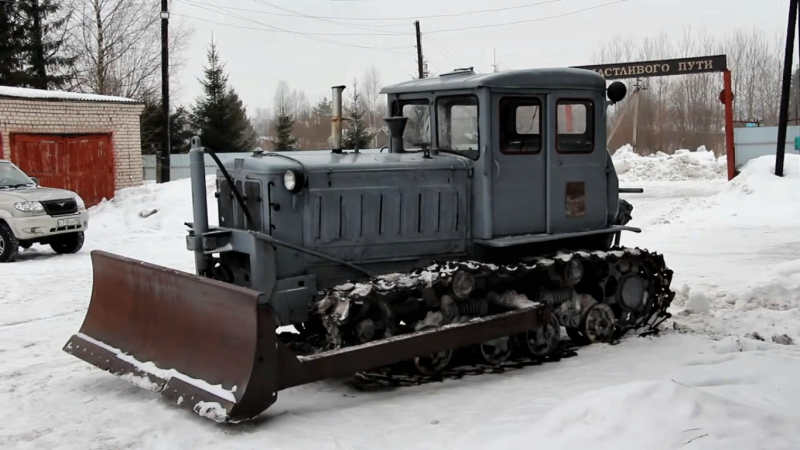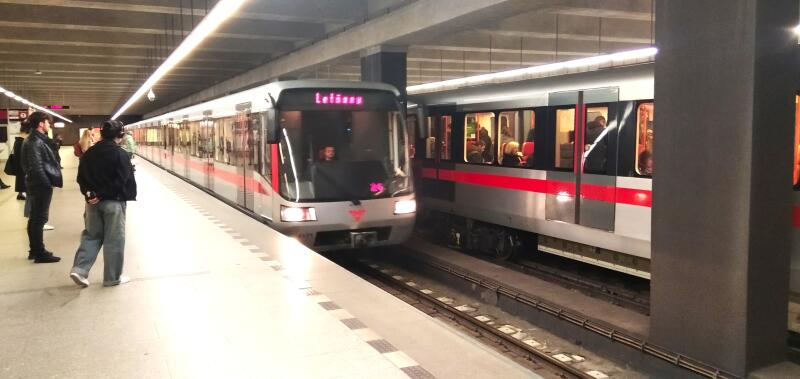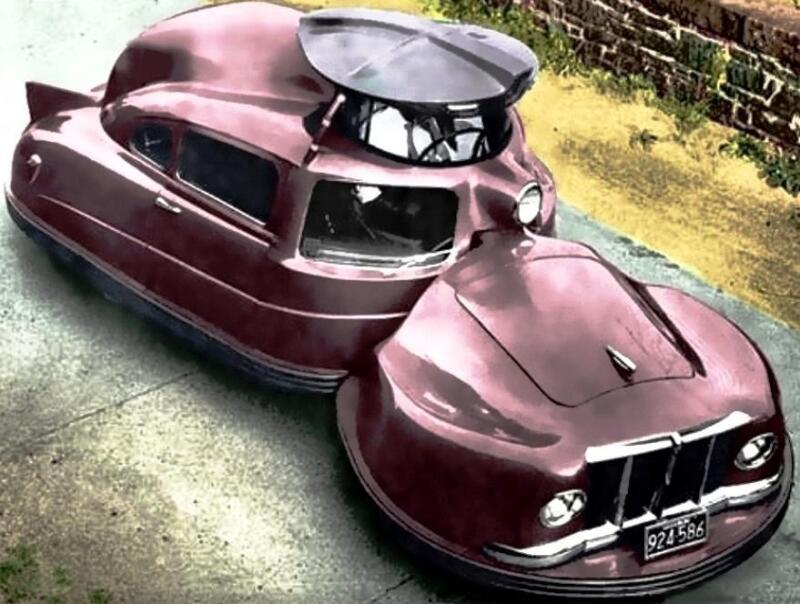Both on the territory of Russia and a number of other former Soviet republics, today you can find dozens of monuments with the legendary village worker. This is not surprising, because an undemanding and unattractive (by today’s standards) veteran was previously perceived quite differently. Just look at his participation in many Soviet films. And the volume of specialized work performed is also impressive.
 The workhorse of the past DT-54. Photo: youtube.com
The workhorse of the past DT-54. Photo: youtube.comThe process of designing new engines and their improvement was carried out in the harsh conditions of the first half of the 40s. Despite this, diesel engines have been successfully tested on the basis of STZ-NATI tractors. It was they who became the prototypes for production models, later installed on the DT-54. Already at this stage, Soviet engineers saw a significant advantage over the previously used “kerosene stoves”.
Unique transition to a new model without stopping production
Rigorous theoretical calculations showed that with the constant use of tracked vehicles, enormous savings can be achieved. Compared to engines running on kerosene, this resulted in a significant figure: up to 10 liters of diesel fuel per year.
Even if in practice it turned out a little more modestly, the progress was still obvious. More power and almost half the fuel consumption led to a significant reduction in overall operating costs. In addition, the diesel tractor had a number of other advantages:
✅ increased wear resistance
✅ long service life of parts and components
✅ reduction in the total number of downtimes
The latter was achieved due to the fact that the new product spent much less time servicing in the pits. In addition, the standard time between repairs was extended and the need for spare parts was noticeably reduced, which could also reduce equipment downtime.
 The old man can still prove himself off-road. Photo: youtube.com
The old man can still prove himself off-road. Photo: youtube.comCompared to STZ-NATI, the new product that appeared in the late 40s differed not only in its engine. A nice bonus was the new 5-speed gearbox. This element has significantly improved power distribution when working in tandem with tillage equipment.
The whole of 1949 was spent preparing for the release of the new model DT-54. After it was completely completed, the tractor was presented to the general public on November 7.
But here, too, an incredible feature was hidden. Nowhere else in the world have engineers been able to do what Soviet specialists achieved. The transition of production facilities to the production of new diesel tractors was carried out without stopping the overall process. Later, the popular transport was assembled at three domestic enterprises at once:
✅ in 1949/63. - at the Stalingrad enterprise
✅ in 1949/61. – in Kharkov (KhTZ)
✅ in 1952/79. – at the Altai plant in Rublovsk
The new model was initially intended primarily for rural use. Field workers assembled it with plows, harrows or cultivators. The tractor performed well with a wide variety of trailed agricultural equipment. The DT-54 did an excellent job with its main task - the development of new arable land. Therefore, a whole design team worked on its improvements.
Upgrades and technical changes
Over the many years of production, the DT-54 has undergone several upgrades and modifications. So, in 1952, its performance was improved by using a number of new elements:
✅ slightly redesigned rear axle
✅ a different water pump was used
✅ weight reduced by 25 kg
✅ the engine received an hour meter
With the widespread use of equipment in the field, many complaints were raised about the design of the tractor driver's workplace. Therefore, a year later, a closed cockpit was installed on the DT-54. During production, engineers responded quite quickly to various requests from Soviet collective farmers. Moreover, agriculture in the second half of the 50s experienced a noticeable rise.
The ideal tool for its intended use
Tracked vehicles turned out to be the optimal transport for working on the main profile. This was well facilitated not only by its overall design, but also by its successful power unit. The tractor's power made it possible to plow deeply even areas with heavy structures. Wide tracks provided low ground pressure and the ability to work in difficult terrain.
 Controls and instruments of the tracked DT-54. Photo: youtube.com
Controls and instruments of the tracked DT-54. Photo: youtube.comFrom the point of view of the characteristics of the DT-54, it should be noted that the simplicity of its configuration made it possible to eliminate any defect very quickly and easily. Some sharp-tongued users sometimes joked that the only thing simpler than this tractor could be a shovel. The engine of the equipment was also generally distinguished by its high reliability and ease of use. Here are its main parameters and characteristics of the motor:
✅ four-cylinder diesel
✅ working volume - approx. 7,5 l
✅ power - 54 liters. With
✅ motor weight – b. 1 t
✅ tank capacity - 185 l
Sometimes a 250 liter version was also installed. The launch was carried out from the starting 10-horsepower PD-10M engine. Speed reduction was available as needed. The operating speed ranged from 4 to 8 km/h in forward motion and 2,5 km/h in reverse. The transmission provided five forward and one reverse gears.
The advantage of the DT-54 over its predecessor can be considered a significantly improved chassis. A metal self-tightening gasket was used. All parts and bearings are properly sealed to prevent the entry of dirt, moisture and dust. The material for the piston group was a special aluminum alloy.
 Four-cylinder diesel engine DT-54 with a vortex combustion chamber. Photo: youtube.com
Four-cylinder diesel engine DT-54 with a vortex combustion chamber. Photo: youtube.comThe chassis included drive and guide wheels and a caterpillar track. The tractor had a separate hydraulic system, which facilitated the use of any equipment (towed or mounted). Both two-point and three-point hitches are available. The transport was equipped with lighting and the ability to connect it to trailed equipment.
Interior, cons and worthy successor
DT-54 received a 2-seater closed cabin, with a soft seat inside and the most necessary set of controls. It was also supplemented with a heater and a boiler. Although the workplace was closed, it was not sealed, and therefore did not protect the driver from noise, vibration and dust. So there was no talk about comfort at all.
The fuel tank was located at the rear wall of the cabin. Therefore, after plowing, the owners said that they could even fry eggs on the hot body. Despite its widespread use, this tractor had other weak points.
For example, it was often very difficult to start at low temperatures, which created additional difficulties for users in colder areas. Adding to the problems was the cockpit door, which could easily be called “conditionally closing.” It was just very poorly fixed and constantly swung open while moving.
 Spring-loaded tracks give you an edge over your competitors. Photo: youtube.com
Spring-loaded tracks give you an edge over your competitors. Photo: youtube.comThe total number of collected copies fell slightly short of one million - 957 units. But licensed production in China exceeded this figure. The model was also exported to Vietnam, where it is even depicted on one of the local banknotes.
The successor was the DT-75, produced until 2009, with a total circulation of 2,74 million pieces! But “fifty-four” can still be found today among some private owners. At the same time, models in good condition are valuable collector's items for enthusiasts.










